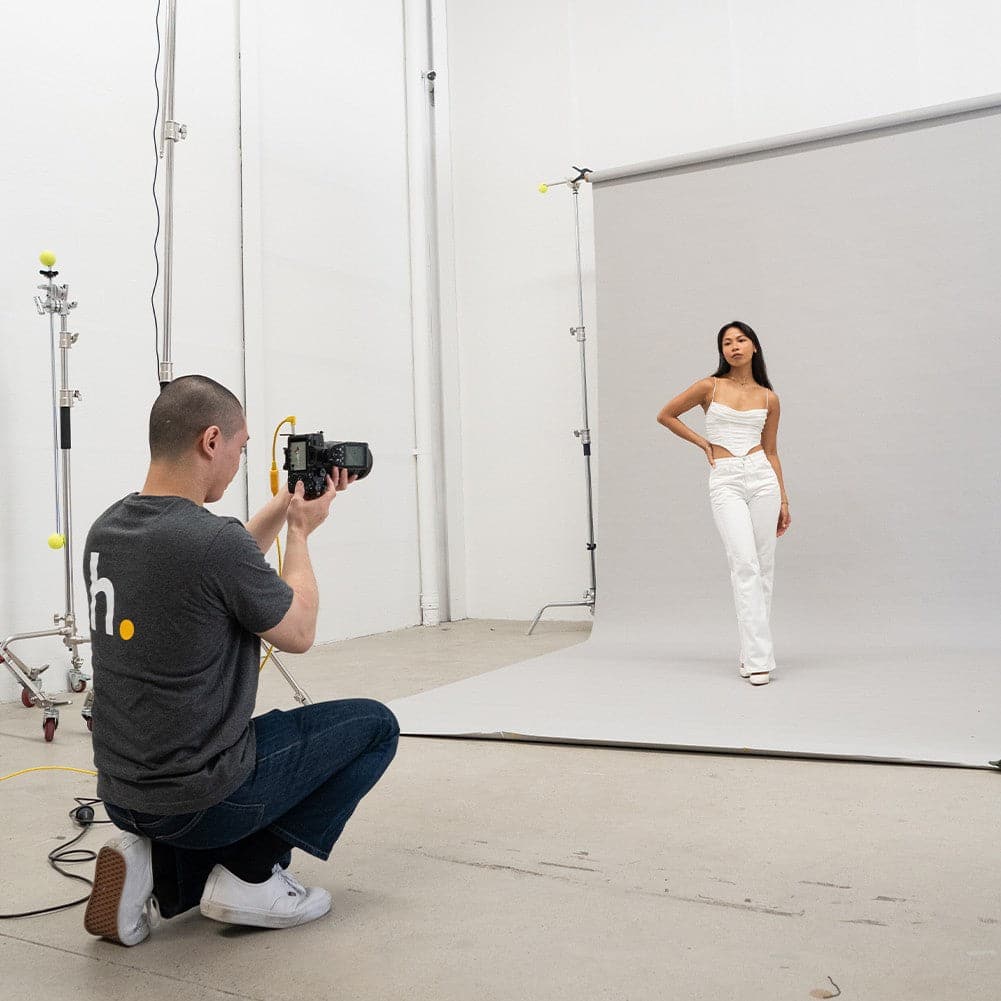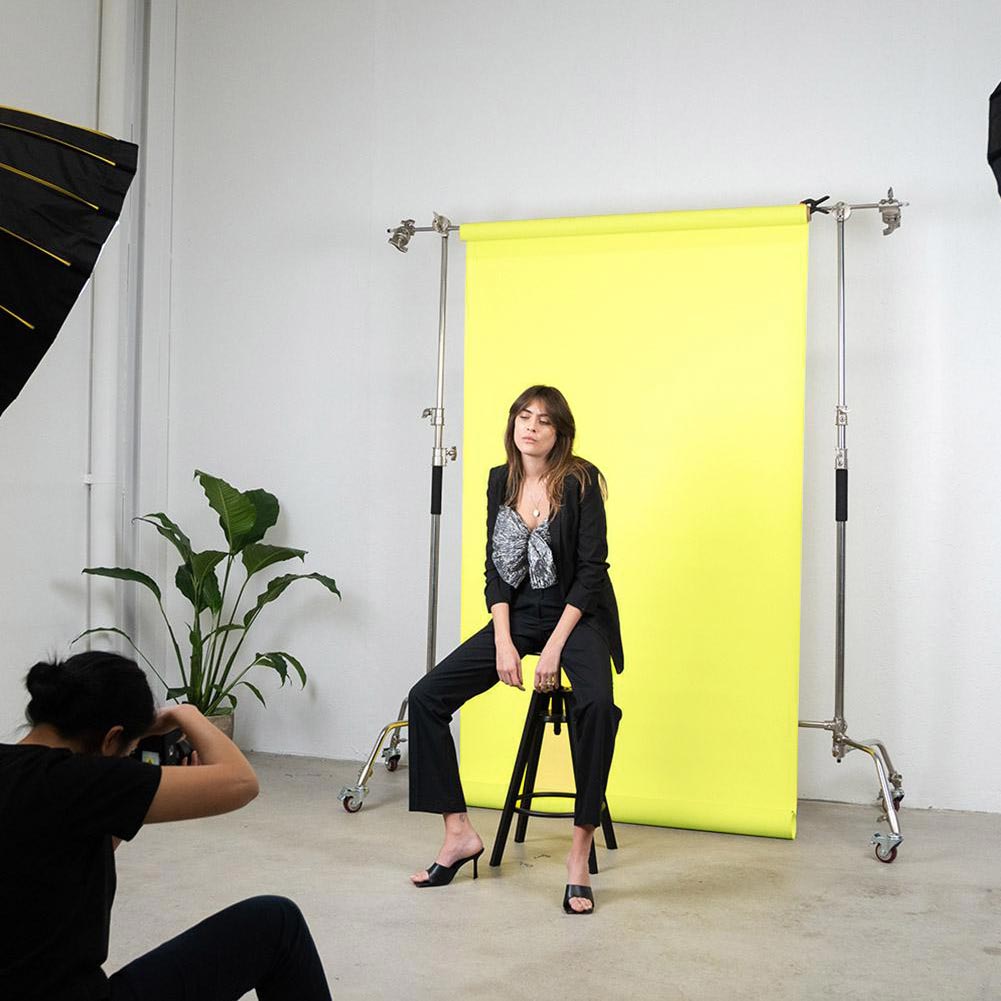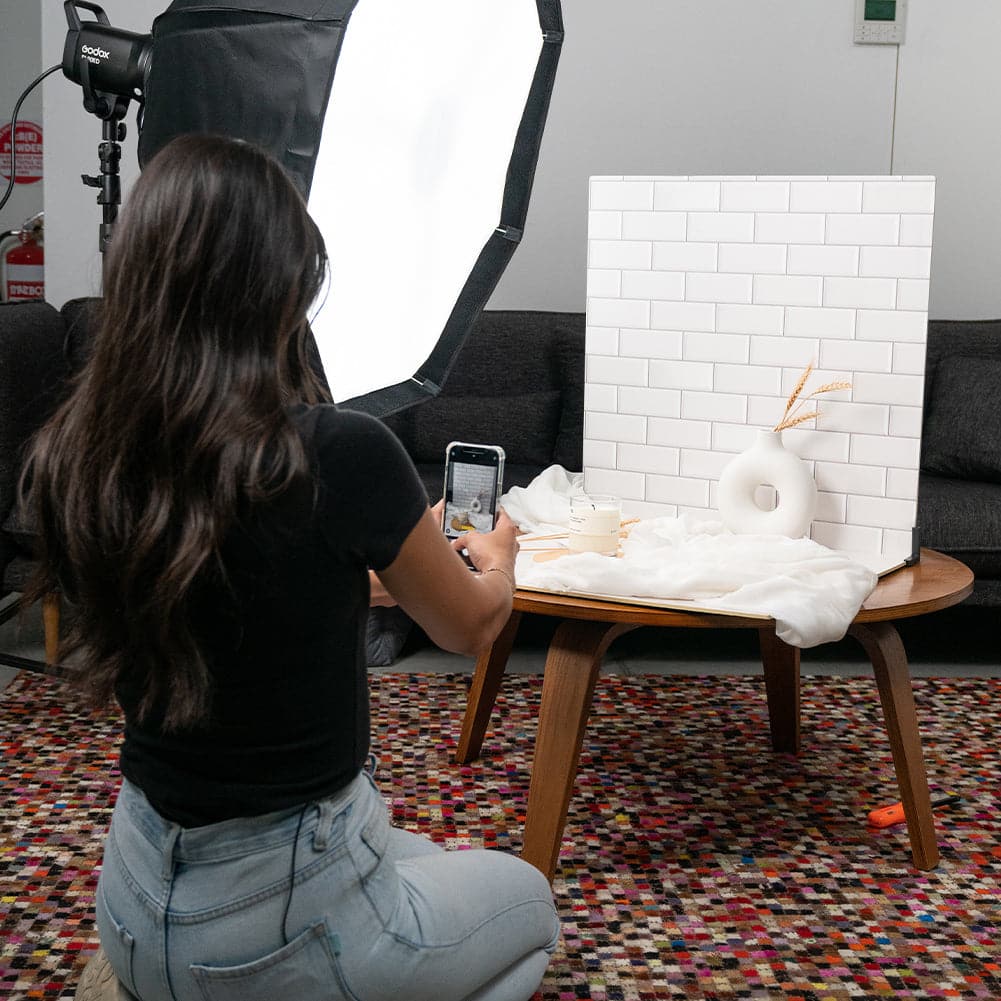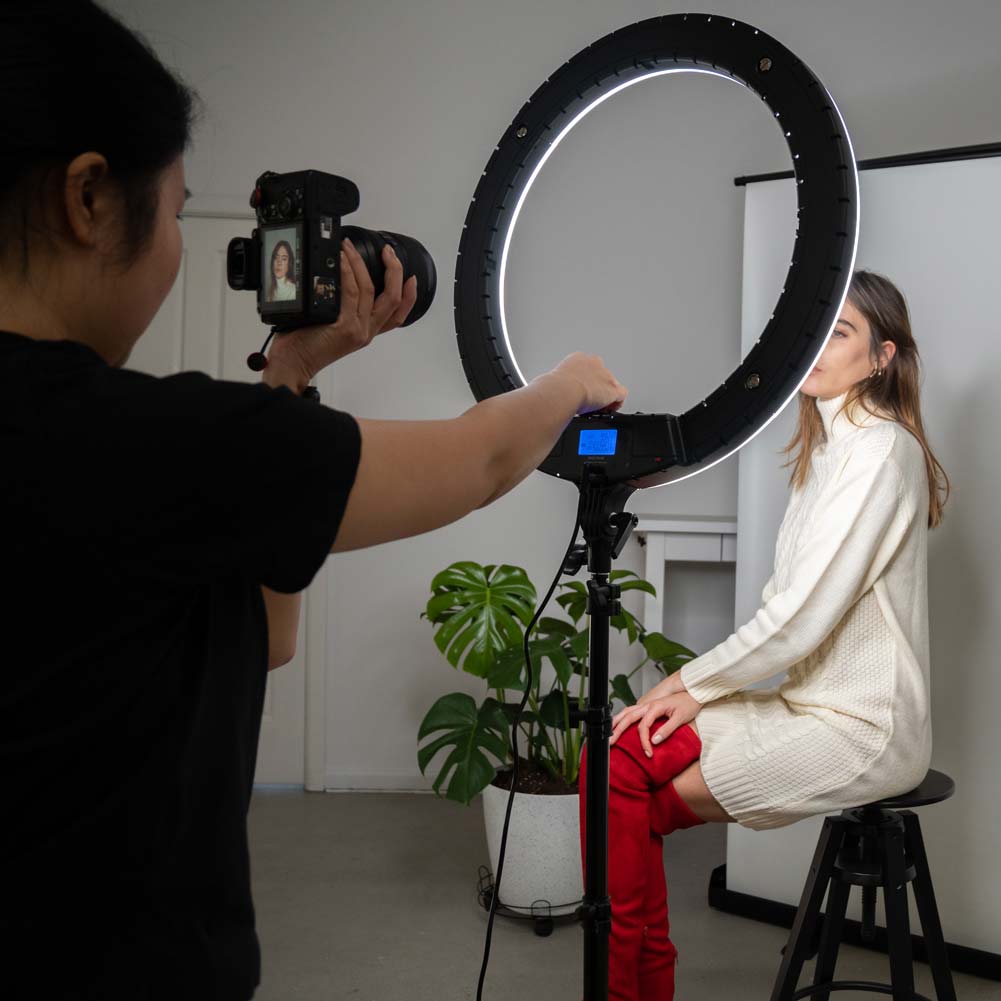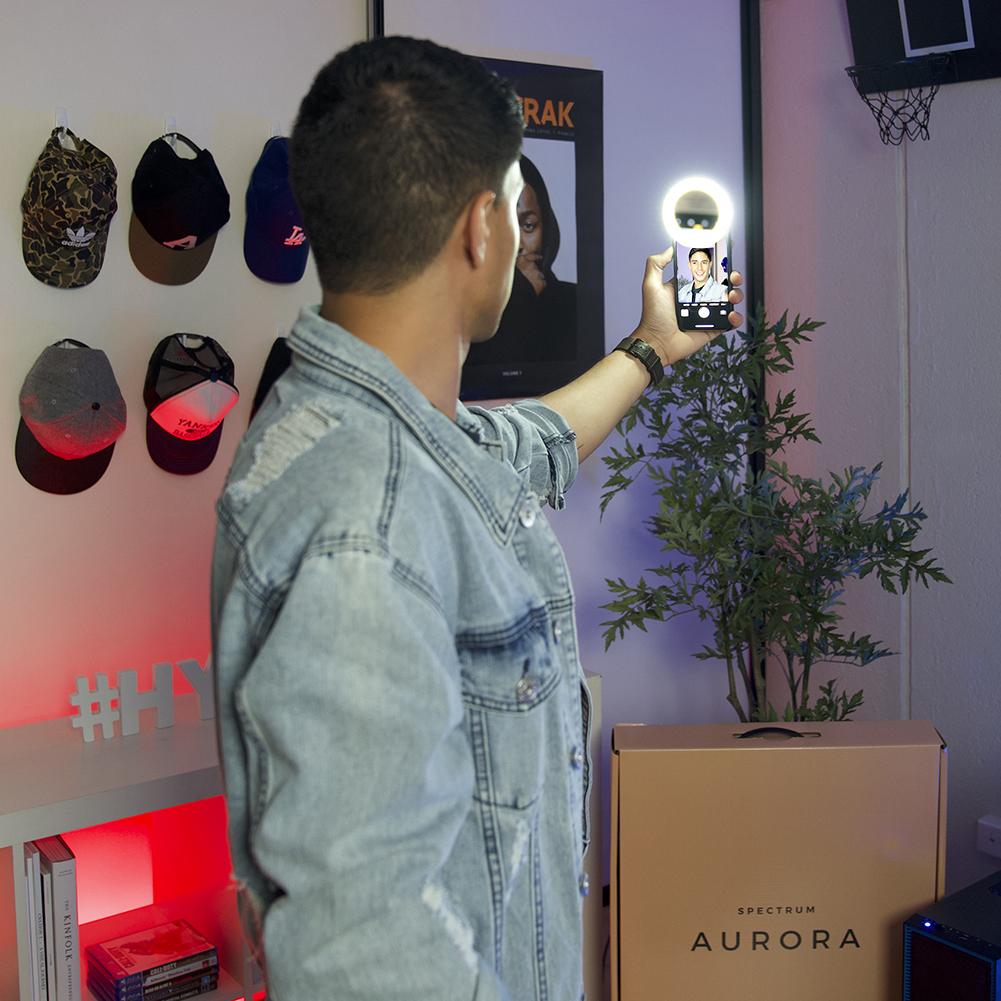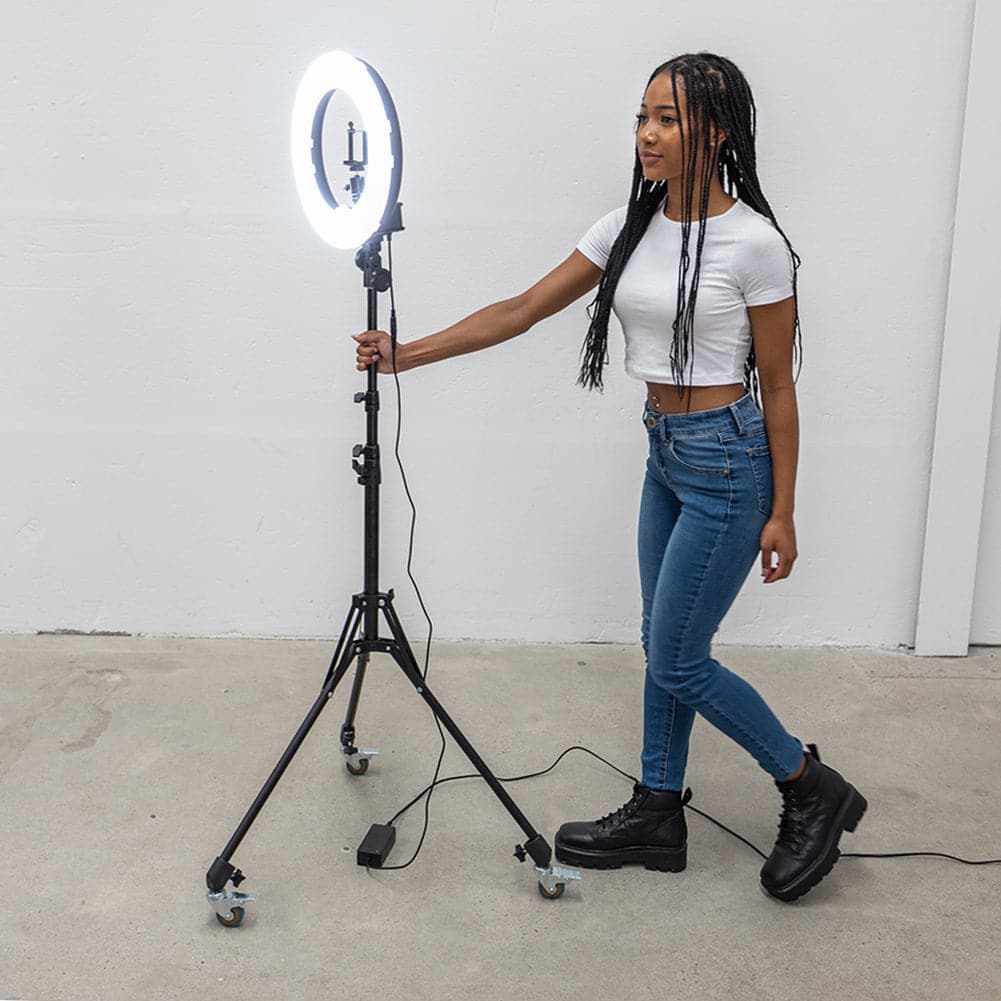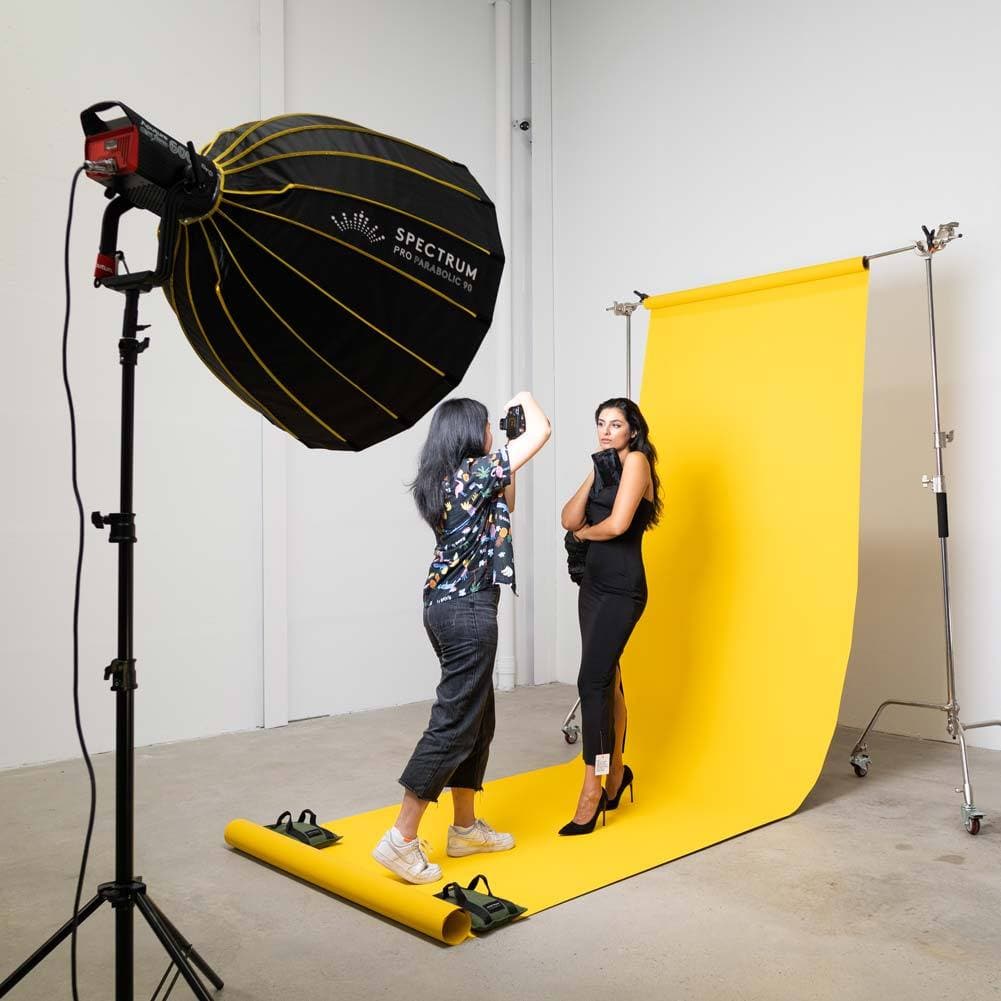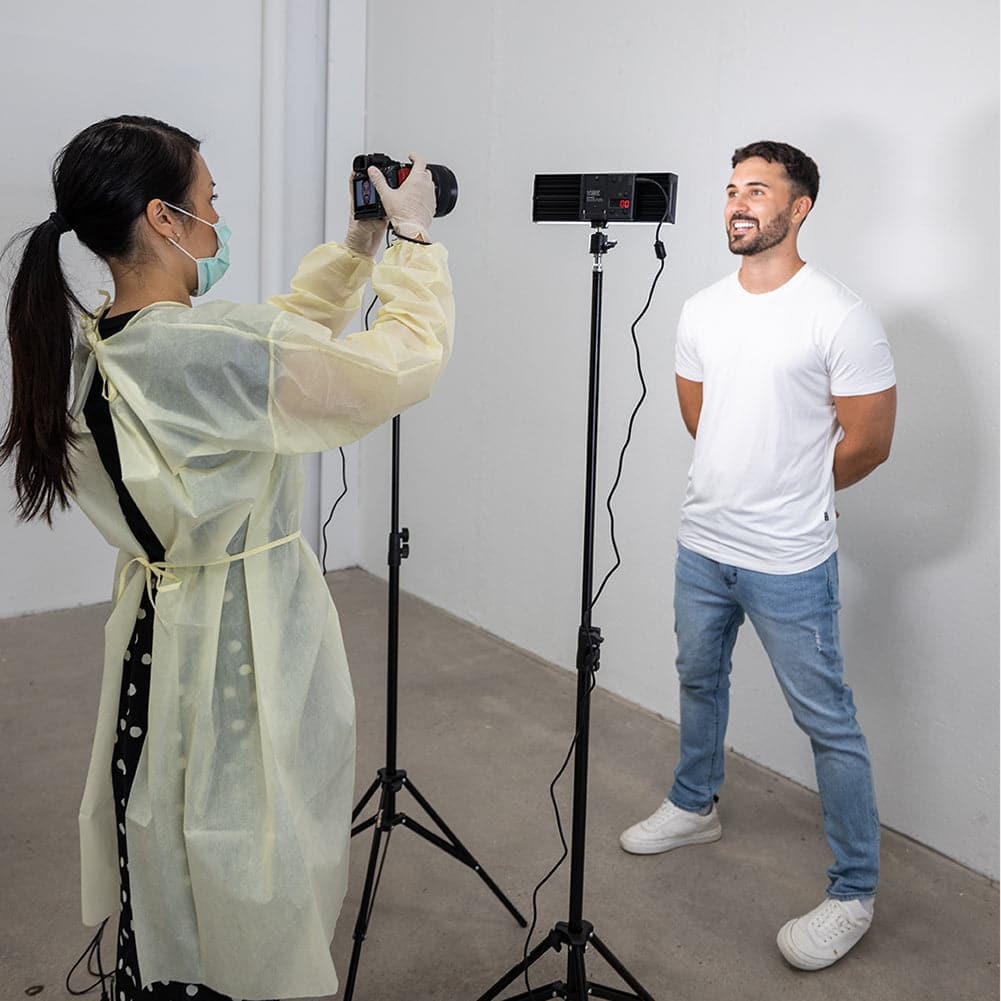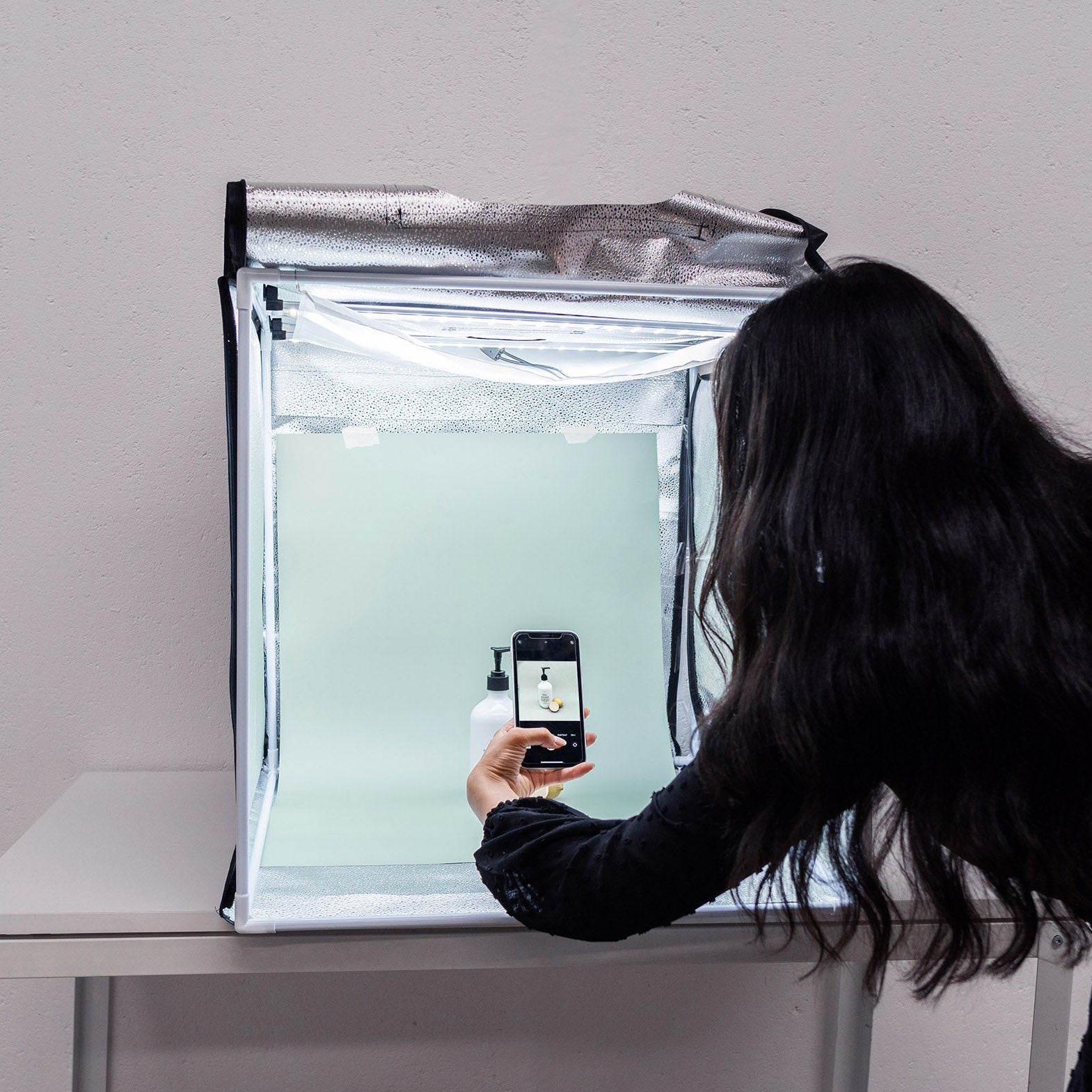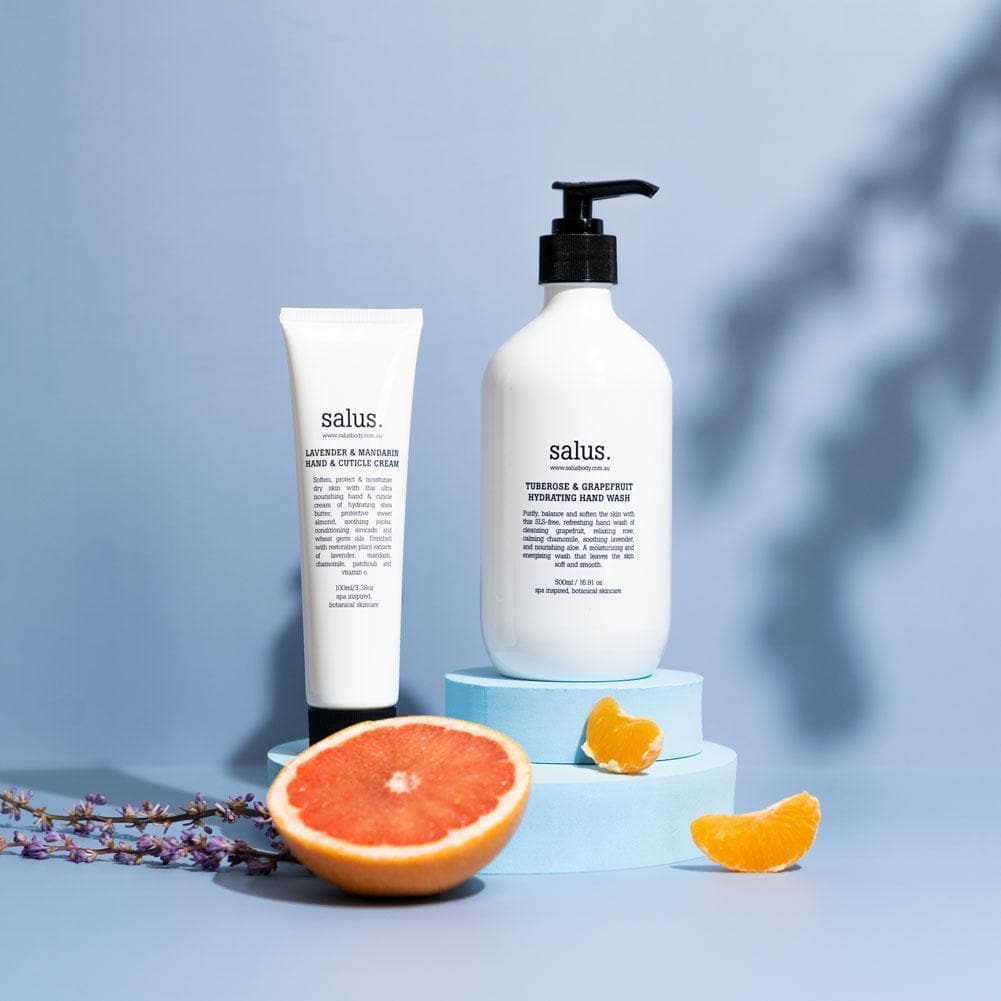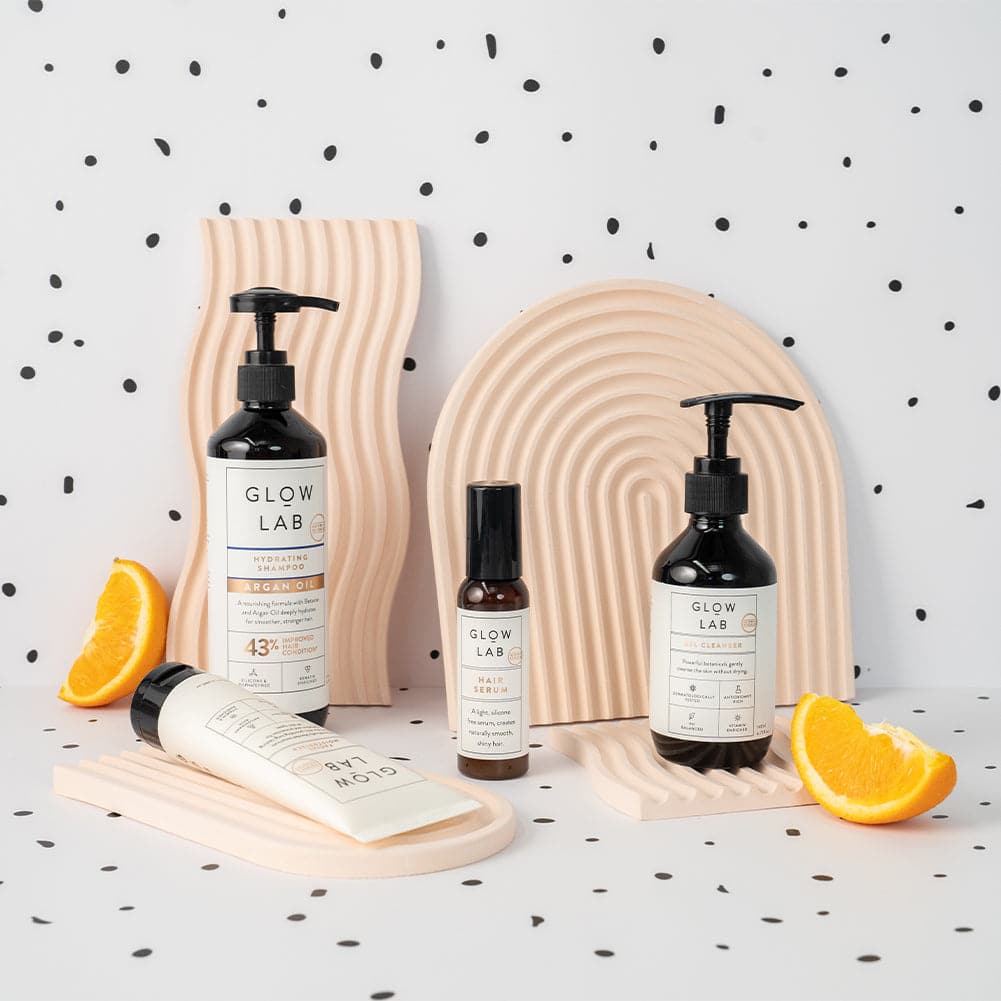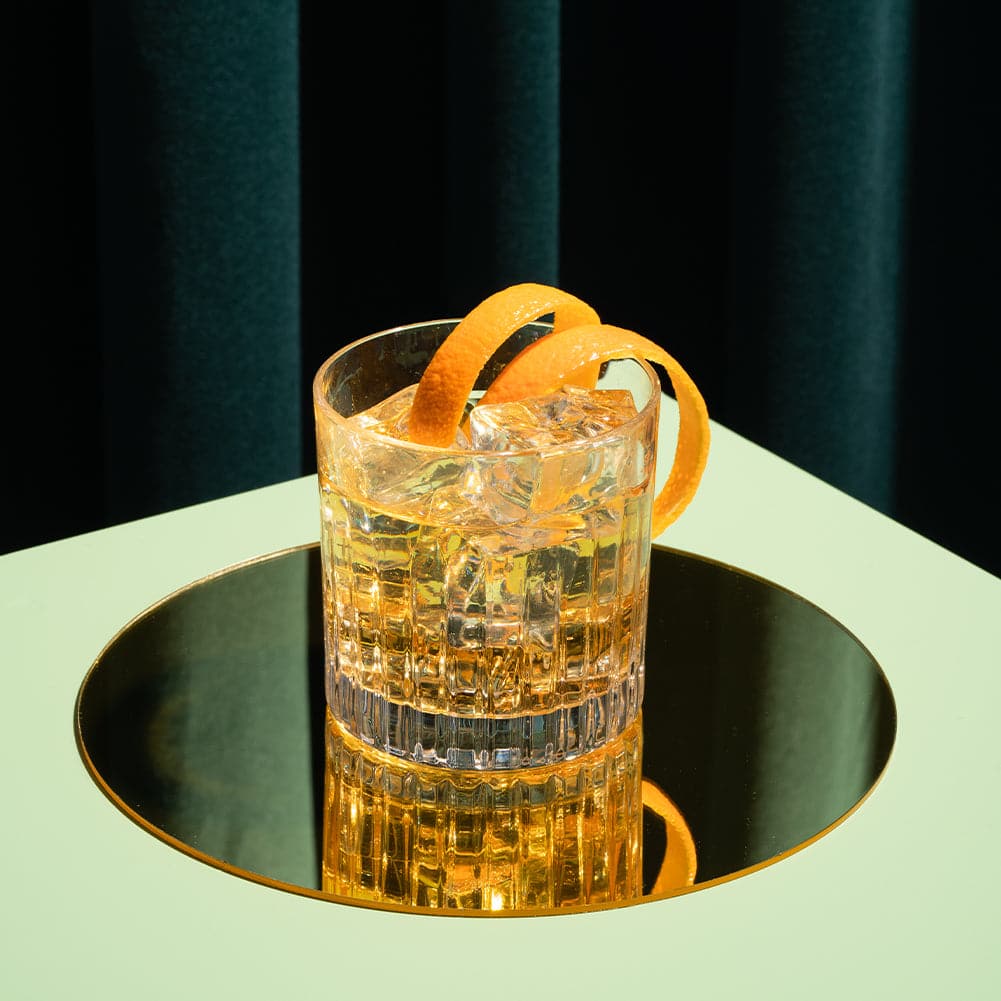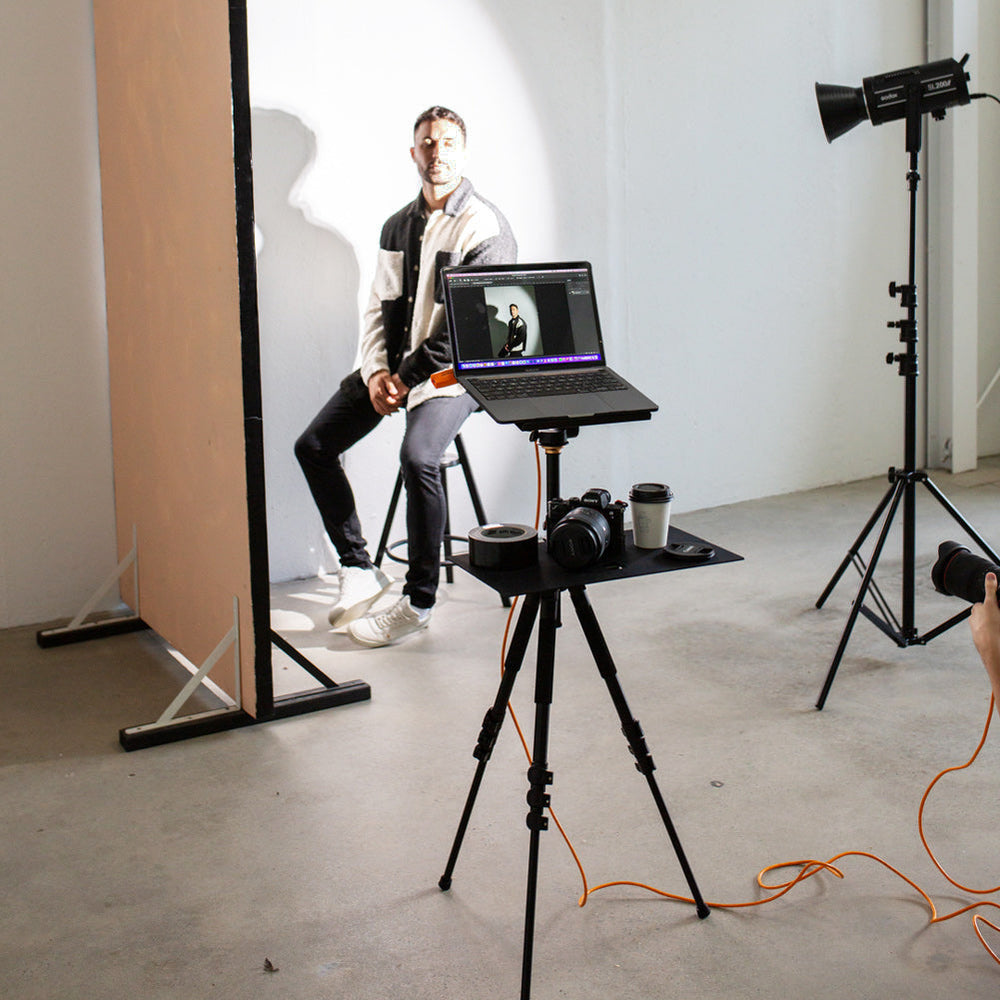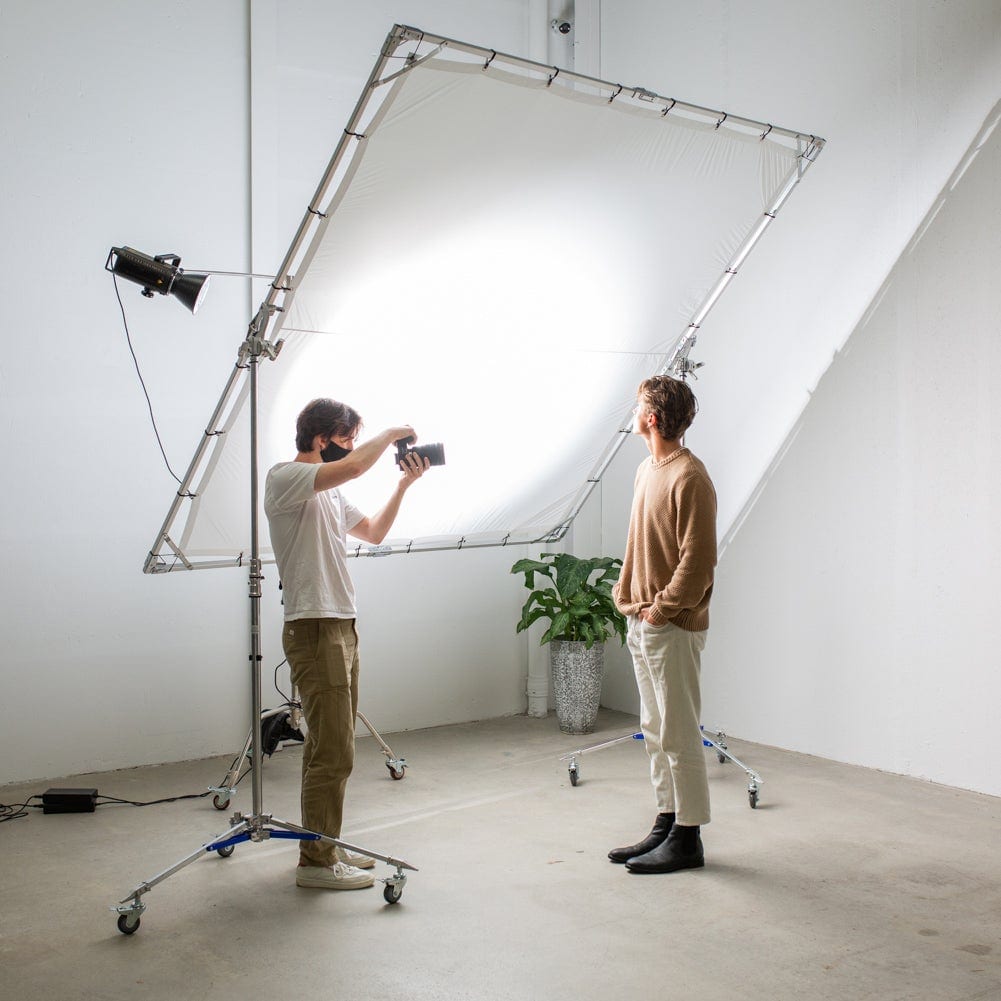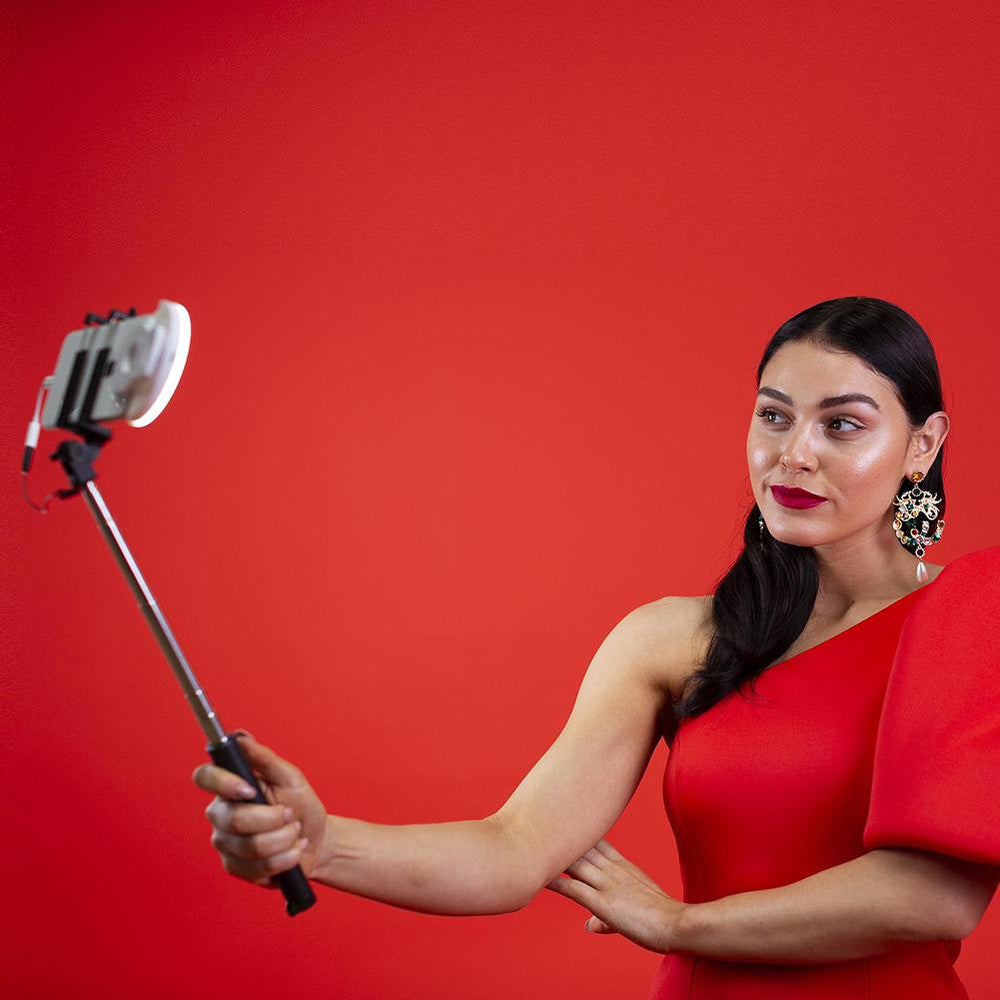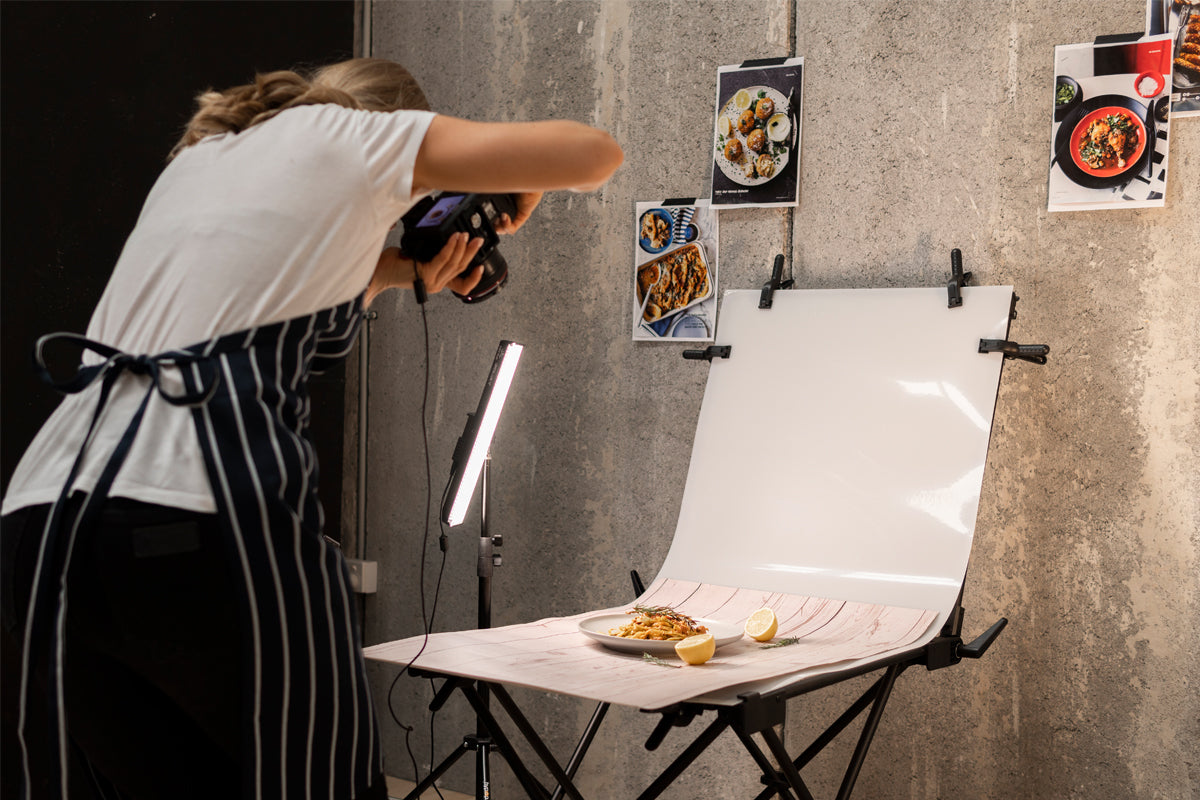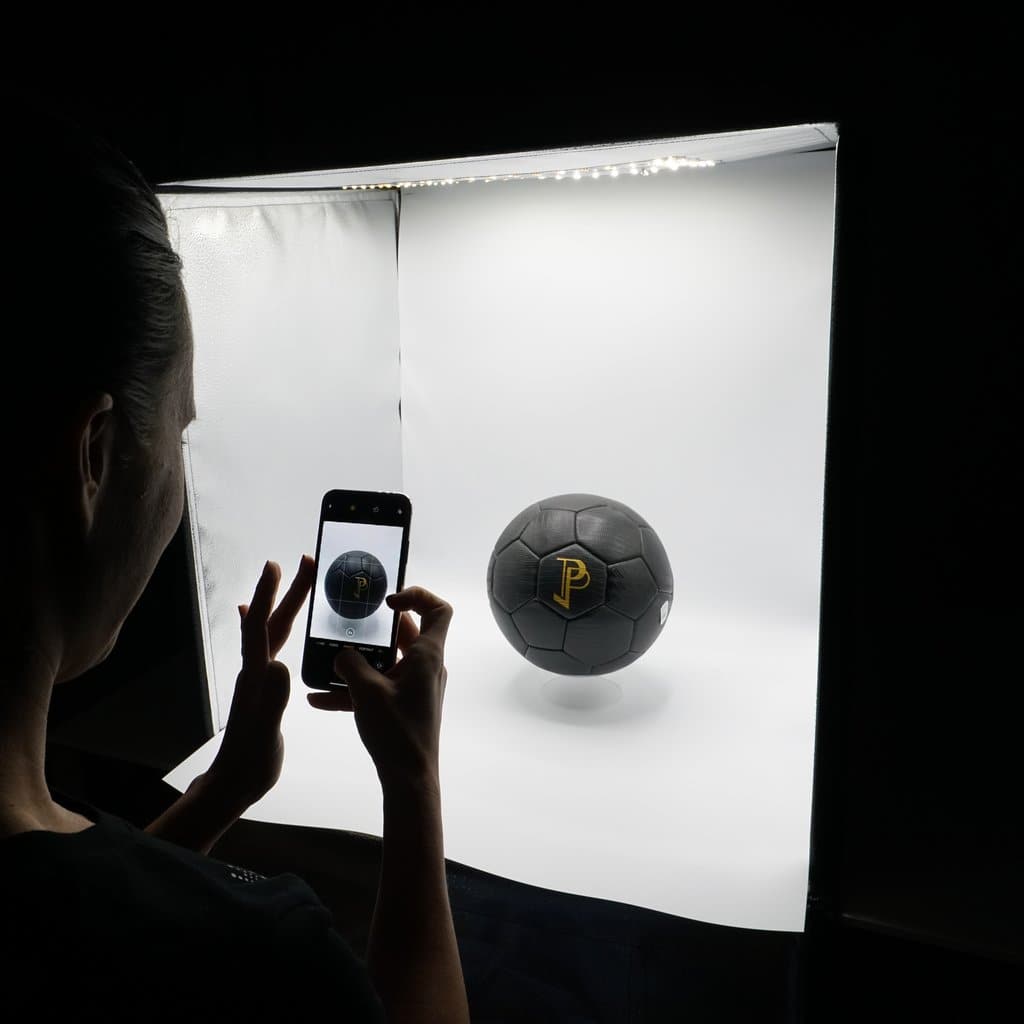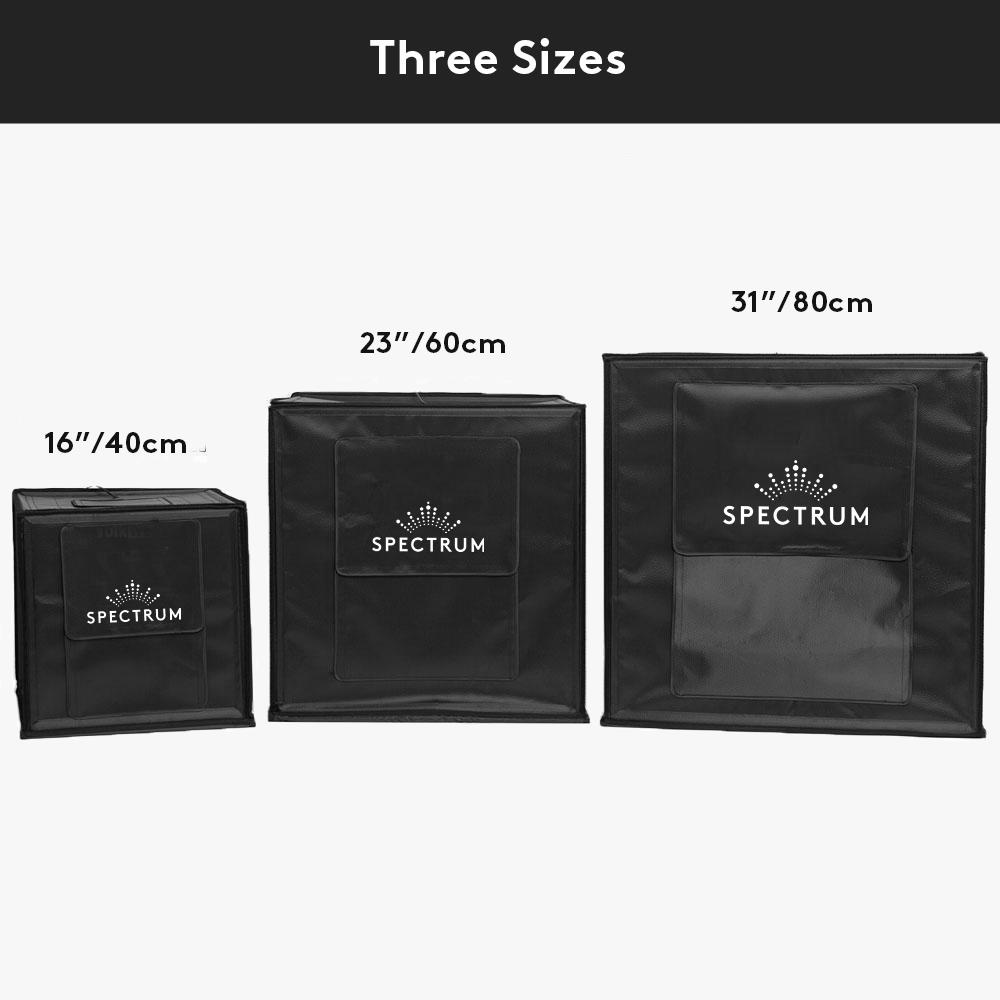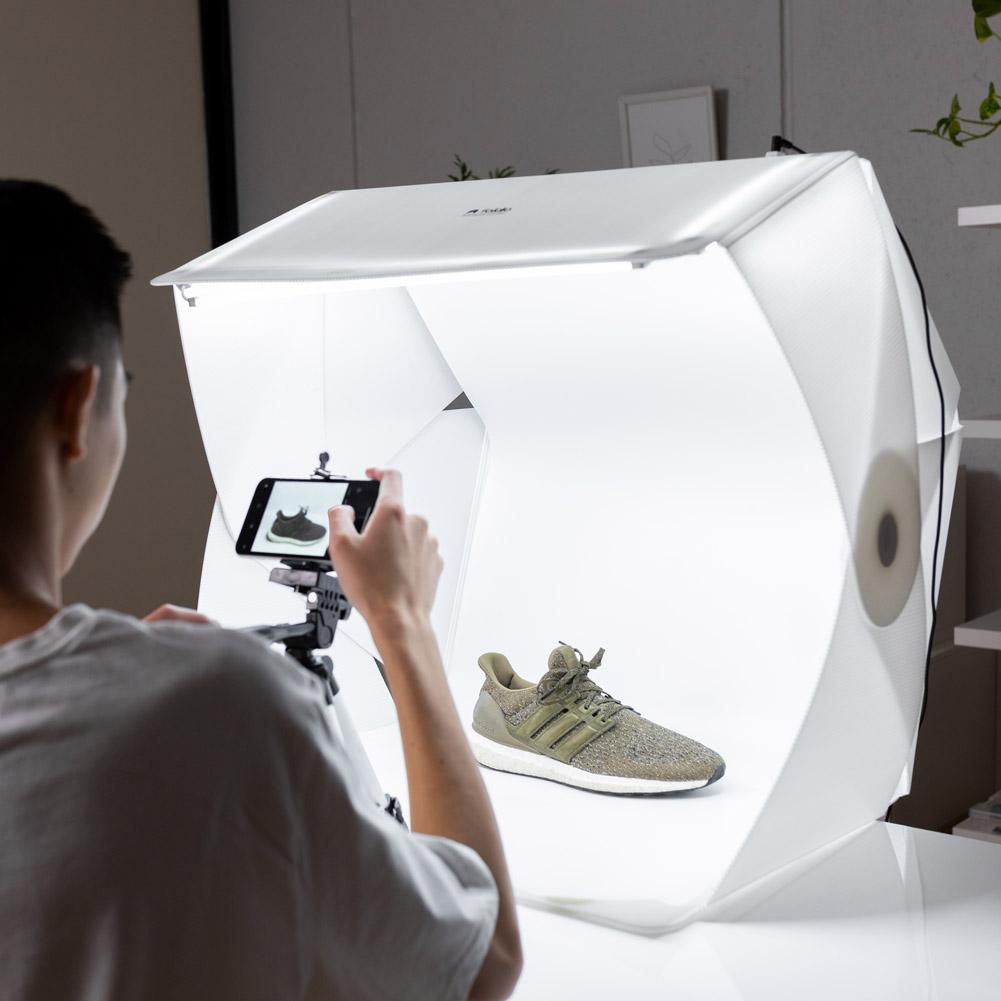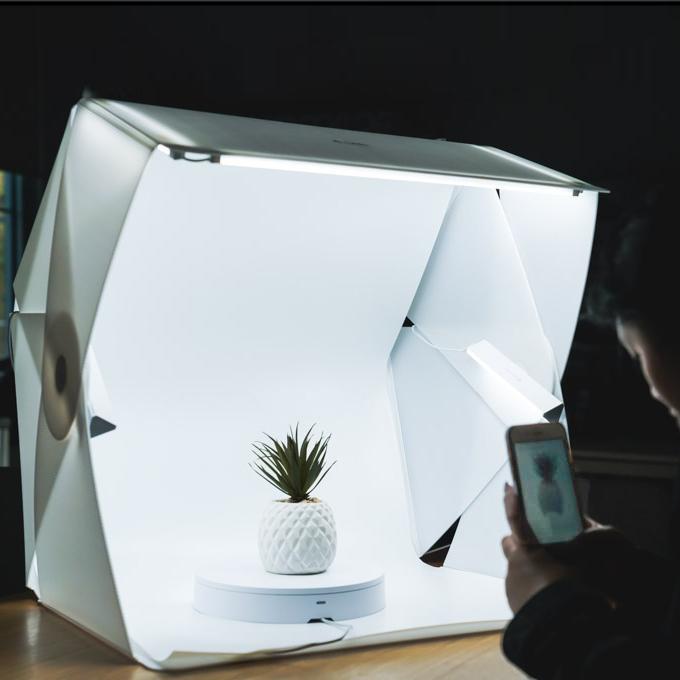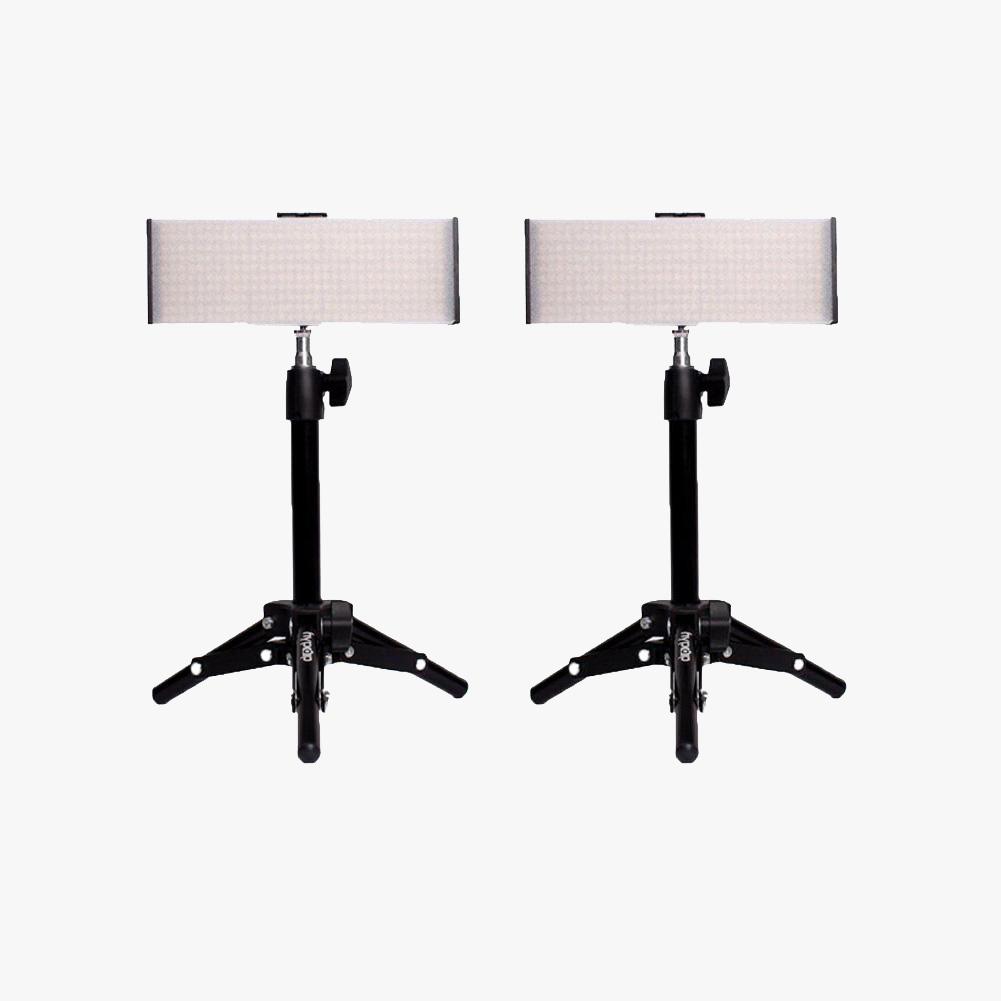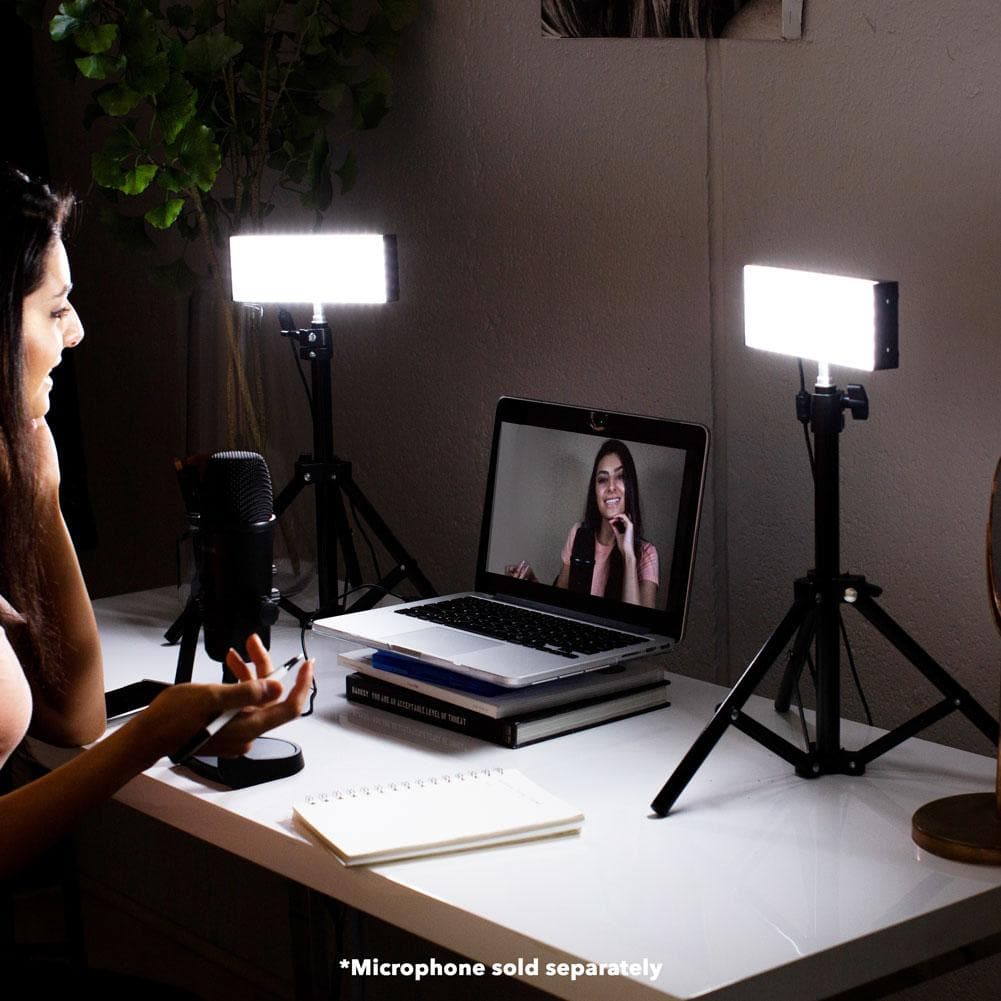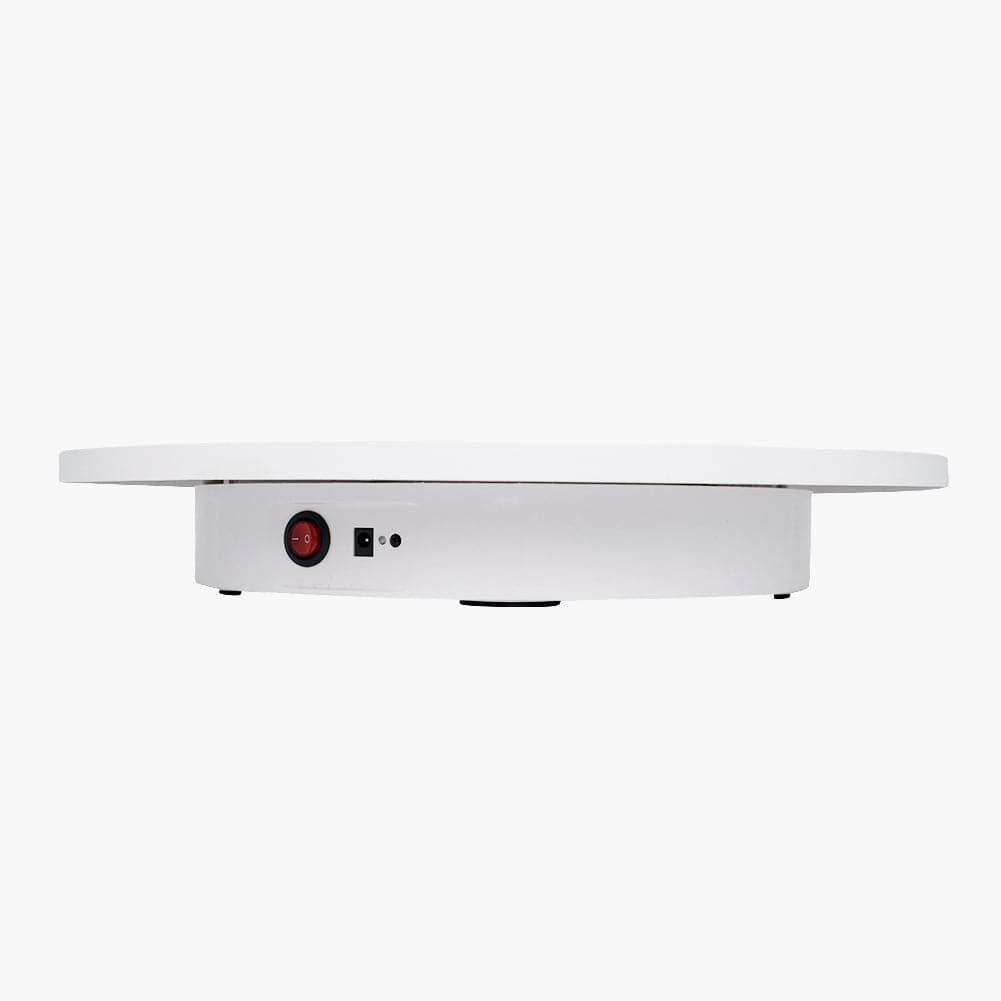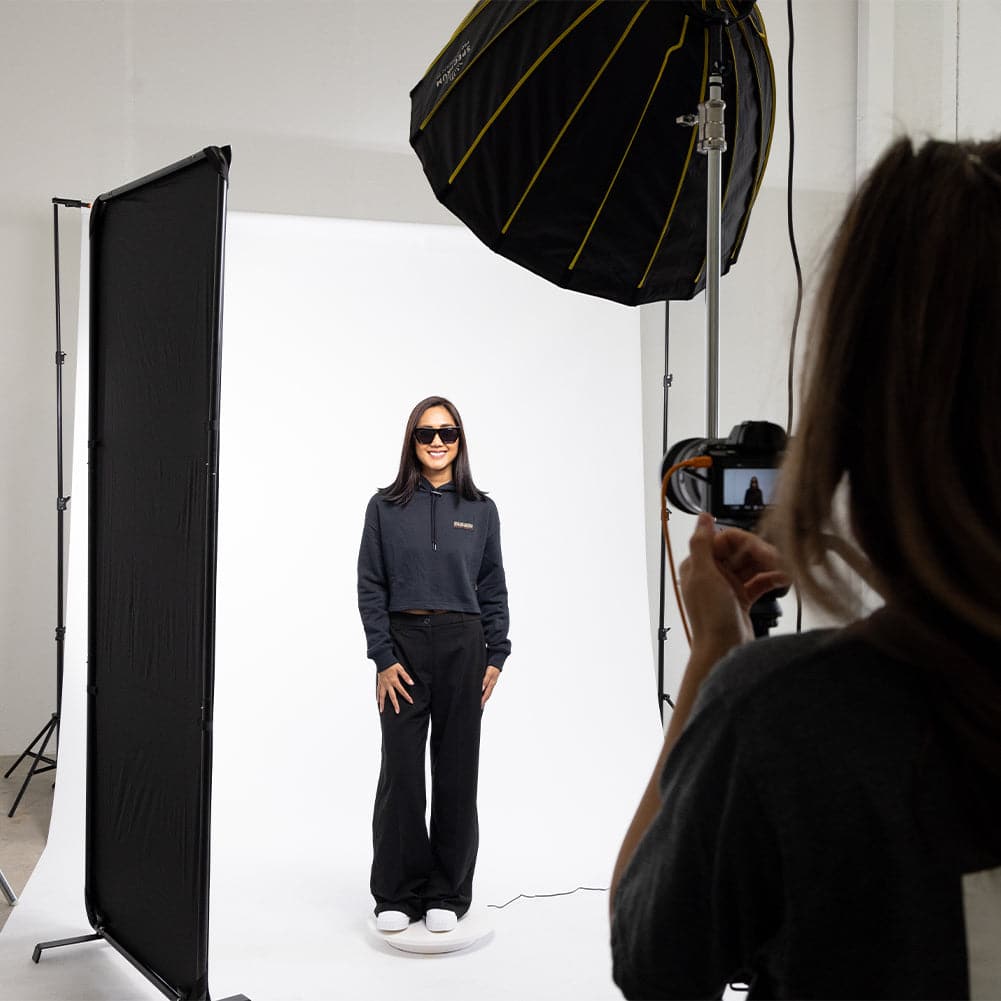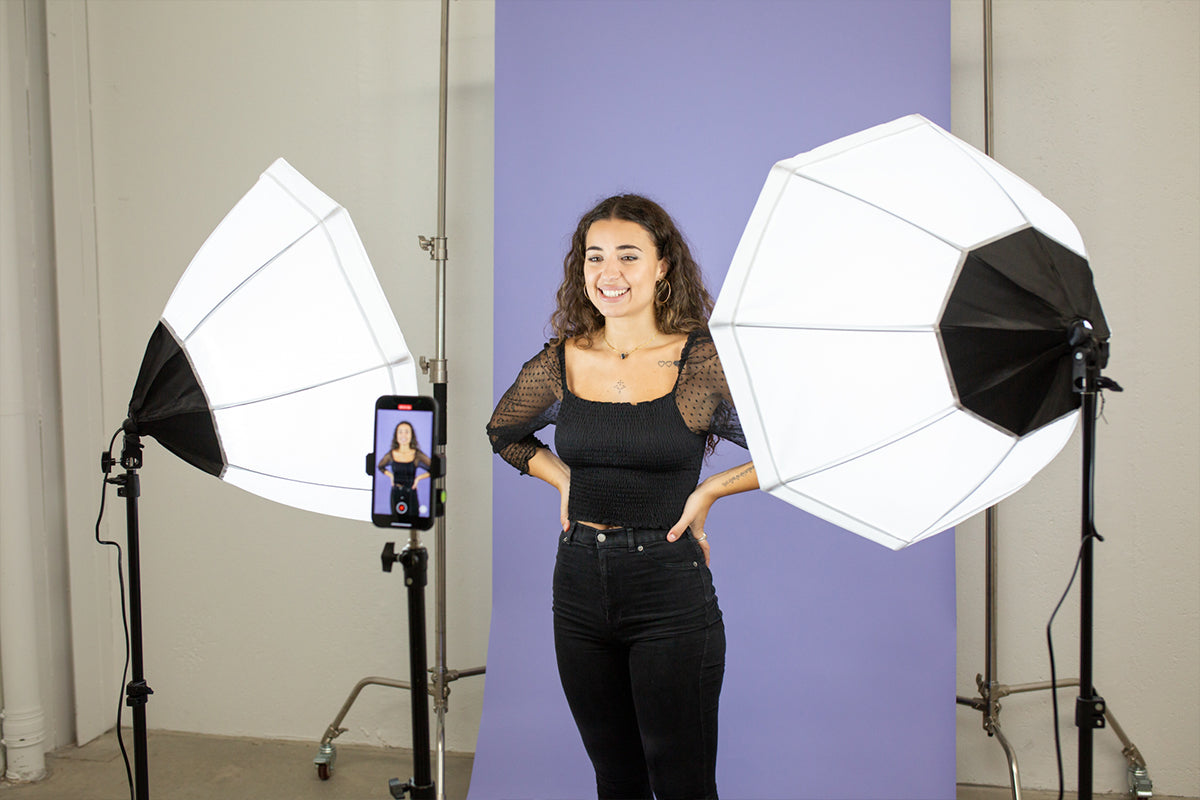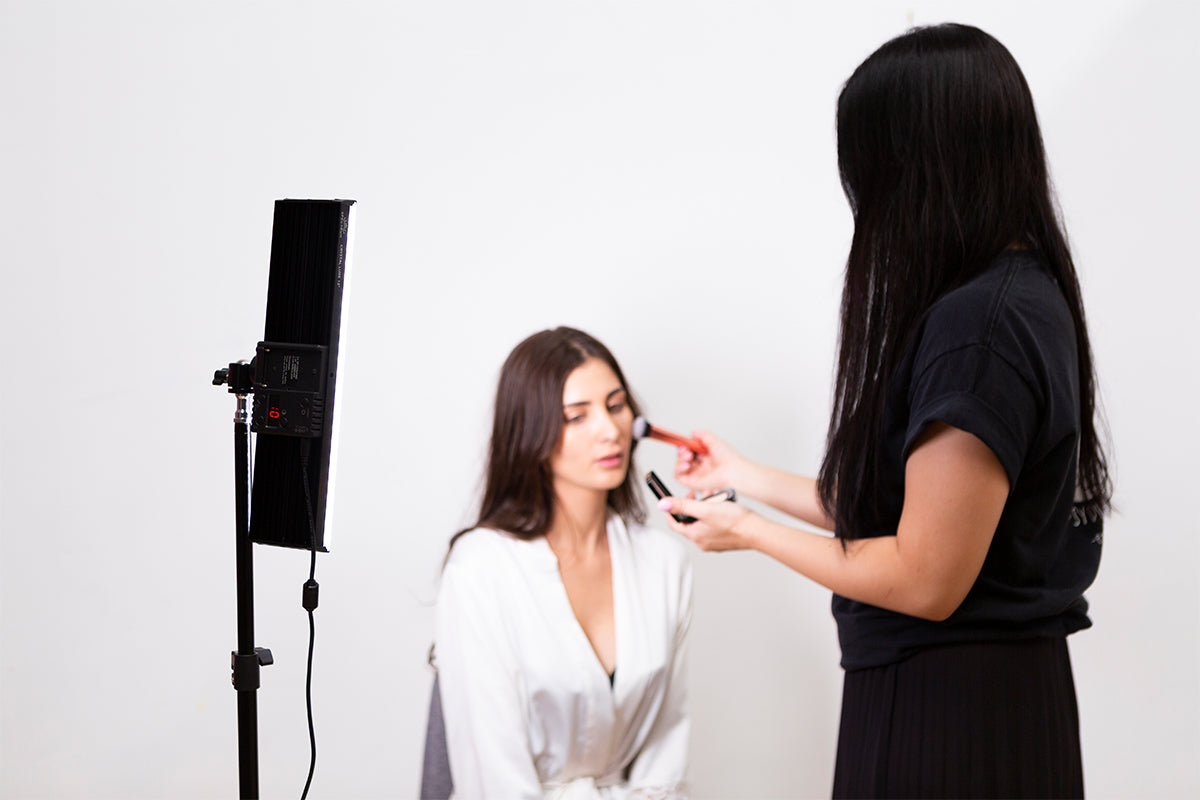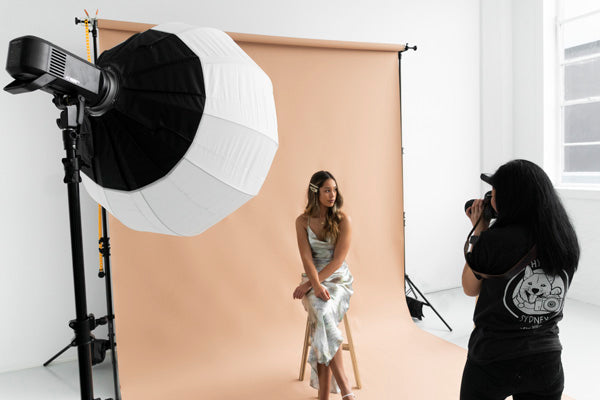Light tents for small-scale product photography provide controlled, diffused lighting and consistent backgrounds. This is particularly valuable for creating visually appealing and professional images.

Understanding Tabletop Photography
Tabletop photography involves capturing images of small products on a flat surface, typically a table. The photographer has total control over the setting, allowing them to achieve the desired look and feel of the final photograph, ensuring consistent branding. This genre of miniature photography is commonly employed in product photography, food photography, and e-commerce photography.

Exploring Light Tents (Lightboxes)
A light tent, also known as a lightbox or photo tent, is used for small subject photography. These light tents have a collapsible frame covered with diffusing material or opaque walls. They have an opening that faces the camera. When lights shine through the translucent walls of a light tent, they have a diffusing effect, which creates a shadow-free environment. Modern light tents have inbuilt lights and silver reflective walls to bounce the light for even illumination on the subject. Incorporating seamless, neutral backgrounds for a clean and consistent subject backdrop allows for easy post-processing extraction.
Daylight LEDs in a light tent help maintain accurate colours in photographs, ensuring that the subject is represented as true to life. A light tent minimises reflections, glare, and hotspots on glossy or reflective surfaces, allowing photographers to capture clear images. Lightboxes are a product photography setup that provides professional-looking results without expensive lighting equipment.
A light tent typically has an opening at the front for photography with a camera or smartphone. Some have an opening at the top to allow photography in tabletop style. Light tents often have interchangeable backgrounds to give the subject the desired aesthetic. Some light tents come with built-in LED lights. These lights are integrated into the structure, providing a constant and consistent light source for the subject.

How to Use a Light Tent
Setting up a light tent is relatively easy. After removing the velcro attachments, you can open the tent and grab the bottom corner to expand it. Attach the supporting bar to the bottom frame, and you have created a tent ready for the lights. To illuminate your subject, position the lights so the cables are on the right of the tent, then feed the cables through the top for power. For soft lighting, mount the diffuser to the top of the tent. Attach the backdrop to the back of the tent and plug the two cables you fed through the top into the AC adapter. Turn the dial to control the dimmer to get to the level of brightness required for the type of product shot you’re taking.
The placement of your subject within the light tent will affect how the light falls on it. If your subject is too close to the edge of the tent, it will be more likely to have shadows. If you shoot a solitary item, position it towards the centre of the tent to ensure it is evenly lit. When photographing multiple items, consider the composition of the image. If you compose your photo poorly, it will look amateurish. A good starting point is to use the rule of thirds to create a more visually appealing image. And make sure the background is neutral or complementary to your product. This will help to make your product stand out.

Examples of Light Tent Products
Light tents used to be made of translucent fabric, and external lights or natural light shone through the sides to illuminate the subject; the disadvantage of using this type of tent with natural light is that daylight constantly changes, making it difficult to achieve consistent lighting for your product photos. The best light tent has LED lights that emit a constant colour temperature that resembles natural daylight. This ensures that your product photos have accurate colours, regardless of the time of day or weather conditions. LED lights are dimmable, allowing you to adjust the brightness to suit your product. With LED lights integrated into the tent, you eliminate the need for external lighting setups, which can be bulky and cumbersome.
The Studio Buddy II light tent from Spectrum helps you capture bright, high-quality photographs every time. It is ideal for product catalogue shooters, e-commerce sellers, and a food photography setup. This light tent is compact, can be assembled quickly, is easy to transport, and is simple to store away when finished. It has two opening points, so you can use it for product photos and flat lays, and it even includes three backgrounds.
Studio Buddy II light tents come in various sizes to accommodate different types of photography and subjects. Small light tents are typically around 16 inches on each side. They are suitable for capturing small objects like jewellery, electronic equipment, coffee cups, or food items. Medium-sized light tents are 23 inches. They are versatile and can accommodate small to medium-sized products like shoes and handbags. Large light tents are 31 inches on each side. These are suitable for photographing larger products or multiple items at once.

You can take your product photography lighting to another level with the ‘Brand Builder’ 60 cm Product Photography Table & LED Lighting Kit. This kit includes the Godox 60 cm x 130 cm photo table and the Spectrum Dual Crystal Luxe LED light kit (batteries not included). The generous-sized photo table gives you enough space to shoot a variety of different-sized products like smaller homewares and baby clothing. The cyclorama-style backdrop offers a seamless finish. The adjustable ball head bracket on the Spectrum LED panels allows a 60-degree vertical or 360-degree horizontal tilt. These panels also have inbuilt brightness and temperature adjustment controls, so you can finely tune the lighting for the perfect shot.

When you want products to stand out, incorporate movement. A turntable allows you to create 360-degree product views, which allow potential customers to see an item from all angles. They are perfect for shots of jewellery, clothing, food, electronic equipment, footwear, and much more. By seeing a product from all angles, customers can better appreciate its features and design.

Final Thoughts
Photo tabletop shooting and light tents are invaluable for enhancing small-scale product photography. Combining controlled lighting and a clean backdrop produces high-quality product images that accurately represent features and details.




